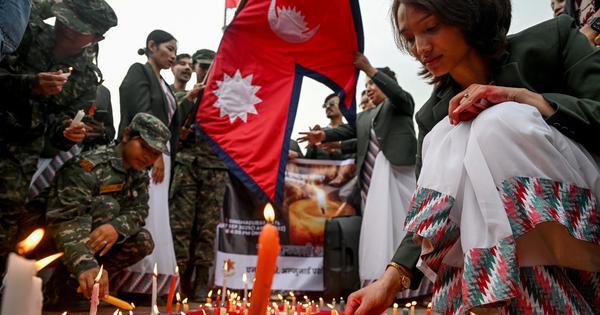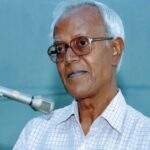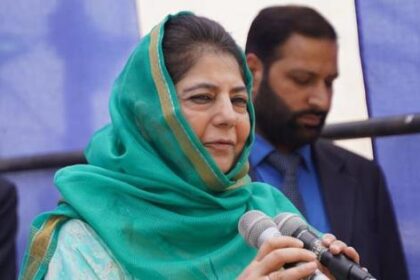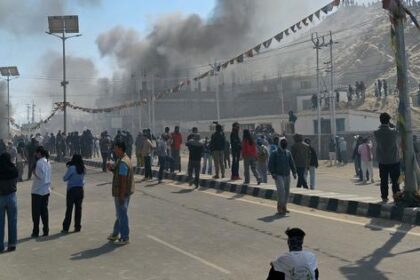Strong parallels emerge between Nepal’s recent protests and Sri Lanka’s democratic recovery post-crisis.
The recent protests in Nepal, which culminated in the ousting of the government, share striking similarities with the events in Bangladesh and Sri Lanka. Each of these movements was fueled by economic distress and appeared to be spontaneous, led by people’s movements. In Bangladesh, the protests ignited over perceived injustices related to job quotas, while in Sri Lanka, the public’s anger was directed at rising inflation. In Nepal, the immediate catalyst was a ban on social media sites, but the underlying issue was economic stagnation, which has stifled the aspirations of the youth for quality education and stable employment.
Despite these common triggers, Nepal’s trajectory post-protests seems to be diverging from the turmoil currently seen in Bangladesh. Unlike the Bangladeshi military, which has been actively involved in the political landscape—culminating in the deposed Prime Minister Sheikh Hasina fleeing the country—the Nepal Army’s approach has been more restrained. The military in Nepal did not resort to violence against protesters, contrasting with the actions observed in Bangladesh.
The Nepal Army faced criticism for its inaction during acts of vandalism and arson that followed the protests. However, following the government’s collapse, its role mirrored that of the Sri Lankan military more closely. After former Prime Minister KP Sharma Oli resigned, the army facilitated his departure via helicopter but later confined him to its barracks. This behavior has drawn scrutiny, particularly regarding the security of critical government buildings, including the president’s office, which suffered damage during the unrest.
As the army stepped into the security void, it also faced questions about its symbolic gestures, such as the display of the portrait of Prithvi Narayan Shah, the first king of unified Nepal, during a televised address by Army Chief General Ashok Raj Sigdel.
Notably, the Nepal Army has not sought to dominate the political landscape. It has shown a willingness to cooperate with the civilian government, much like its Sri Lankan counterpart. Negotiations for forming an interim government began at army headquarters but transitioned smoothly to the president’s office without resistance from the military.
In terms of governance, Nepal’s recent decisions reflect a commitment to maintaining democratic processes. President Ramchandra Paudel ensured that the parliament was not entirely dissolved, as was the case in Bangladesh, but rather allowed the National Assembly to remain functional. He appointed former Chief Justice Sushila Karki as the interim prime minister, who subsequently dissolved the House of Representatives and announced elections for March 5. This interim government has called for the participation of all political parties in the upcoming elections.
The unfolding political scenario in Nepal also draws parallels with Sri Lanka’s experience. While Sheikh Hasina continues to live in exile, Oli’s return from military confinement echoes the return of Gotabaya Rajapaksa to Sri Lanka. As it stands, Nepal appears set to conduct elections as scheduled, fostering a climate where all parties can participate, thus indicating a possible path toward restoring democracy and stability in the country.








